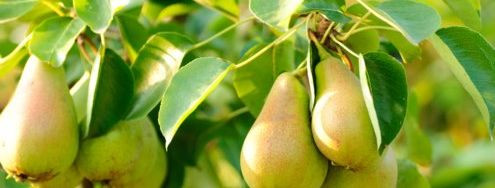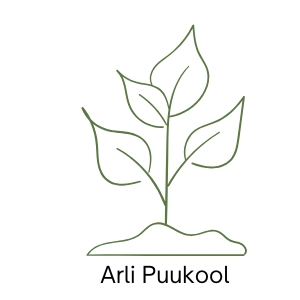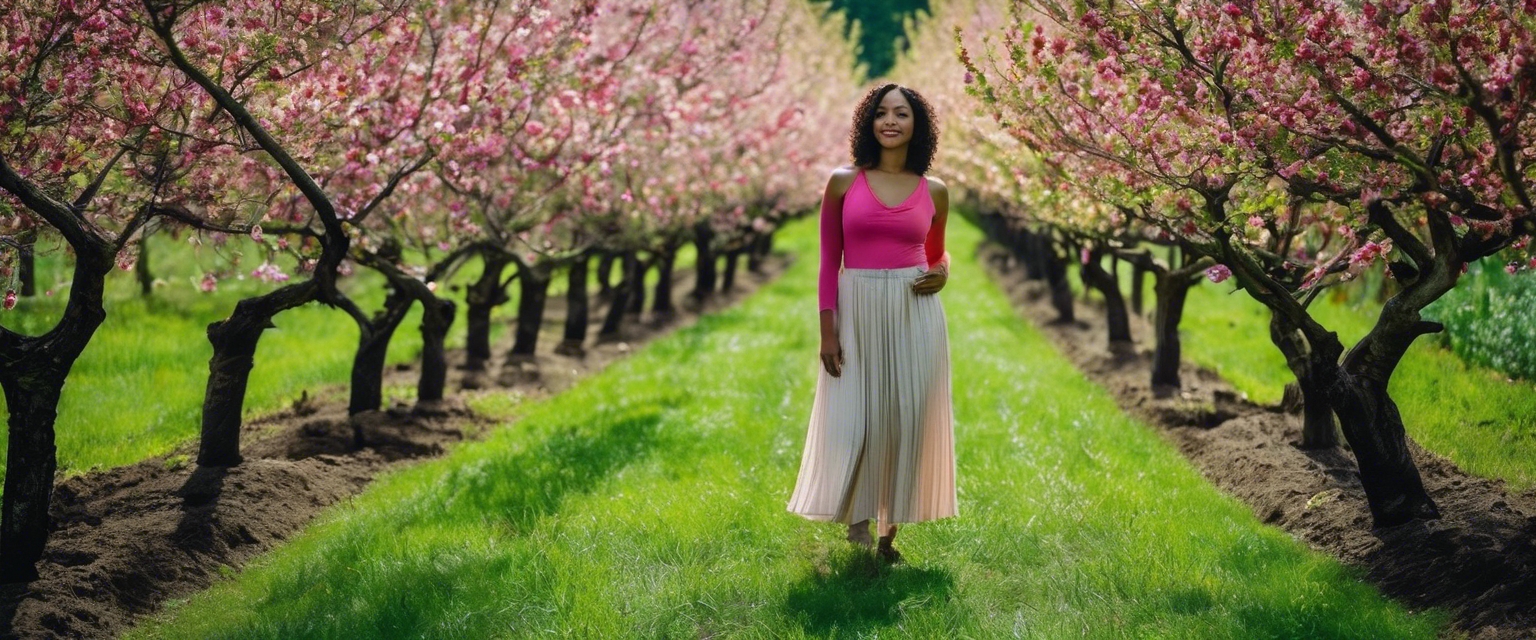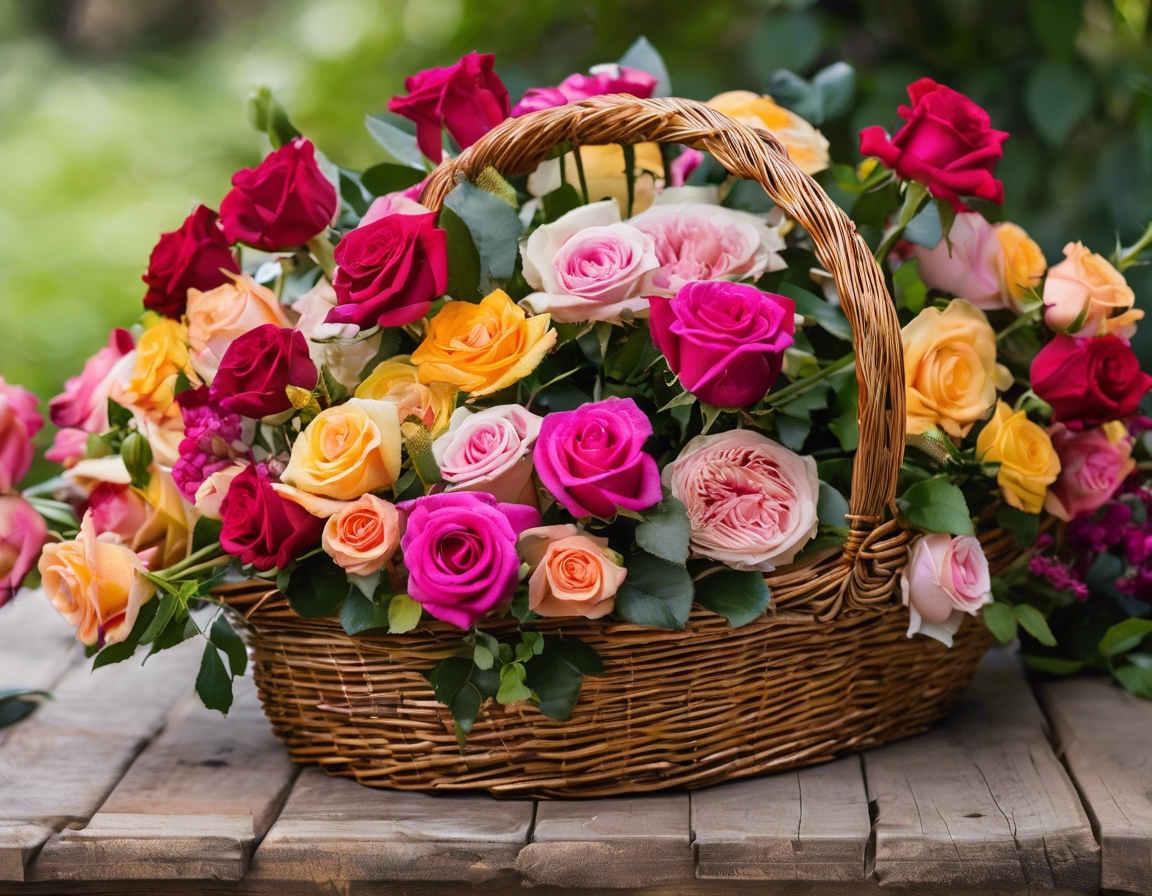Conifers are a diverse group of cone-bearing trees and shrubs, known for their needle-like or scale-like leaves. They belong to the division Pinophyta and are predominantly evergreen, retaining their foliage throughout the year. This characteristic makes them a popular choice for gardeners and landscapers seeking year-round greenery.Conifers have long been favored in landscaping due to their structural beauty and adaptability. They can be used as focal points, hedges, or ground covers, and their varied shapes and sizes make them suitable for a wide range of garden designs.
Environmental Benefits of Conifers
Conifers play a crucial role in mitigating climate change by absorbing carbon dioxide from the atmosphere and storing it as carbon in their biomass. This process, known as carbon sequestration, helps reduce greenhouse gases and combat global warming.The extensive root systems of conifers help stabilize soil, preventing erosion and promoting soil health. This is particularly beneficial in areas prone to landslides or where soil conservation is a priority.Coniferous forests provide habitat and food for a wide range of wildlife, including birds, mammals, and insects. By planting conifers, gardeners can contribute to local biodiversity and support ecological balance.Aesthetic and Functional Benefits
One of the most appealing aspects of conifers is their ability to maintain vibrant foliage throughout the year. This evergreen quality ensures that gardens remain lush and attractive even in the depths of winter.Conifers come in a variety of shapes, sizes, and colors, offering endless possibilities for garden design. Whether used as towering specimens, compact shrubs, or ground-hugging covers, conifers can enhance any landscape.Tall conifers can be strategically planted to create natural screens, providing privacy from neighbors and reducing noise pollution. Additionally, they serve as effective windbreaks, protecting gardens and homes from harsh winds.Low Maintenance and Cost-Effectiveness
Many conifers are well-adapted to withstand dry conditions, making them an excellent choice for water-wise gardening. Their deep root systems allow them to access moisture from deeper soil layers, reducing the need for frequent watering.Conifers are generally resistant to pests and diseases, which means less reliance on chemical treatments and lower maintenance costs. This resilience makes them a sustainable choice for environmentally conscious gardeners.Conifers are known for their longevity and durability, often living for decades or even centuries. This long lifespan makes them a cost-effective investment for any landscape.Choosing the Right Conifers for Your Space
When selecting conifers for your garden, consider factors such as climate, soil type, and available space. It's important to choose species that are well-suited to your local conditions to ensure healthy growth.Some popular conifer varieties include the majestic Douglas fir, the versatile juniper, and the elegant blue spruce. Each offers unique characteristics that can complement different garden styles.Planting and Care Tips
Choose a planting site with adequate sunlight and well-drained soil. Prepare the soil by removing weeds and adding organic matter to improve fertility and drainage.When planting conifers, dig a hole twice as wide as the root ball and slightly shallower than its height. Position the tree in the hole, backfill with soil, and water thoroughly to eliminate air pockets.Regular watering, especially during dry spells, is essential for young conifers. Mulching around the base can help retain moisture and suppress weeds. Pruning may be necessary to maintain shape and remove dead or diseased branches.Contact ANDRUS HAAK FIE today to discover the perfect conifers for your garden and transform your outdoor space with expert guidance and top-quality plants!






Comments (0)